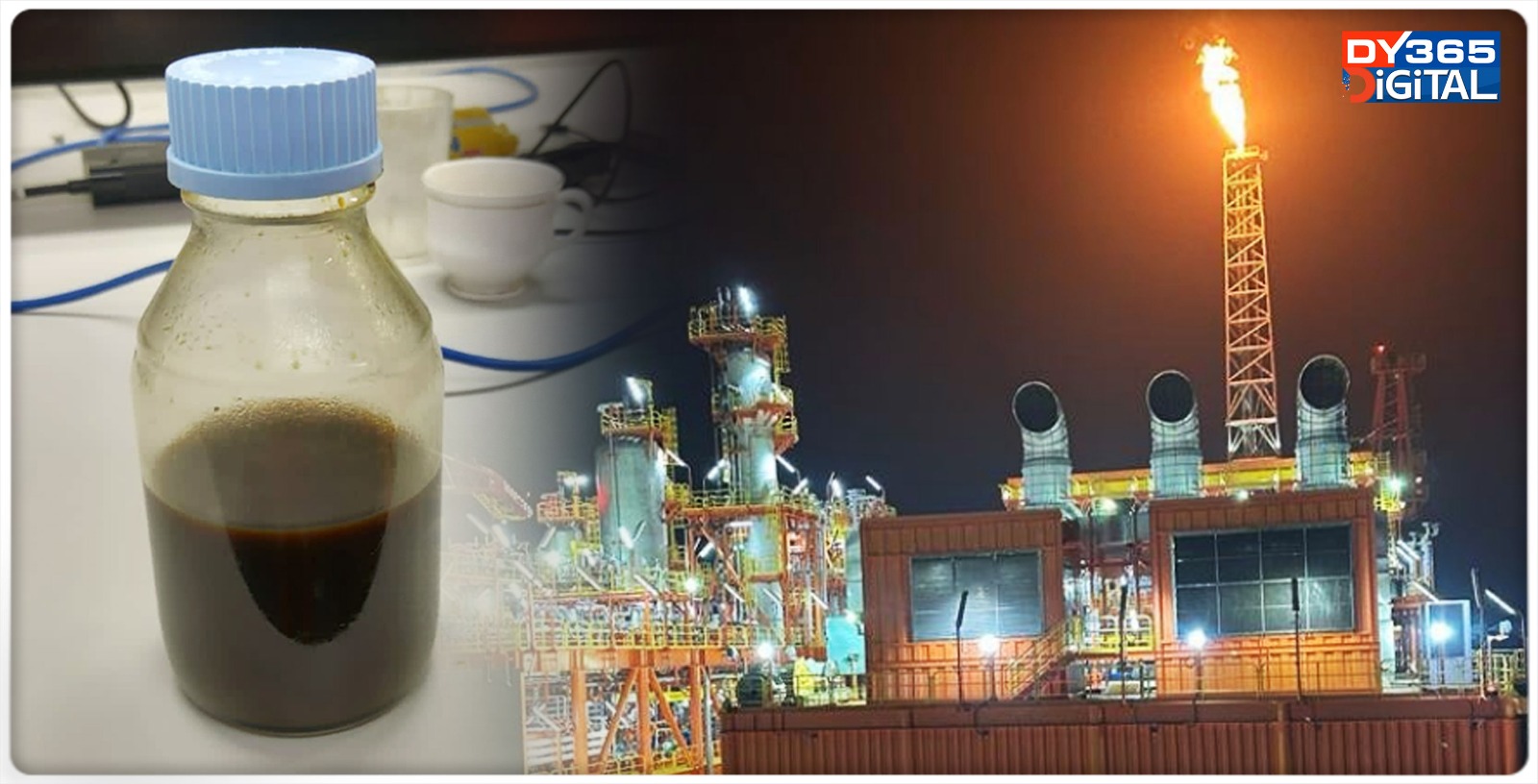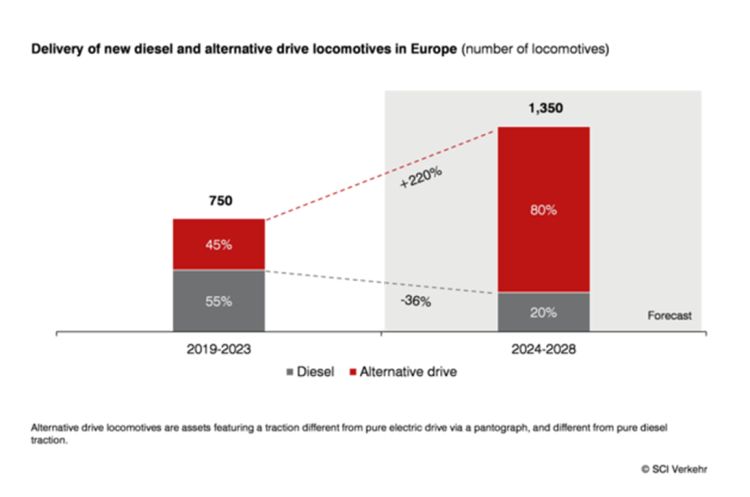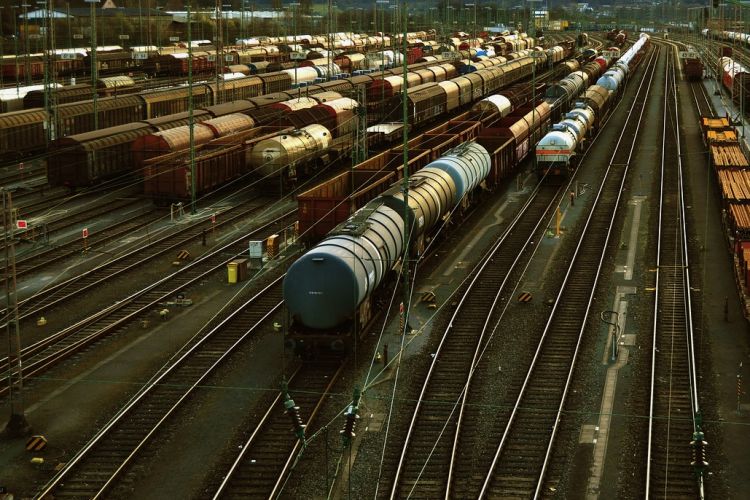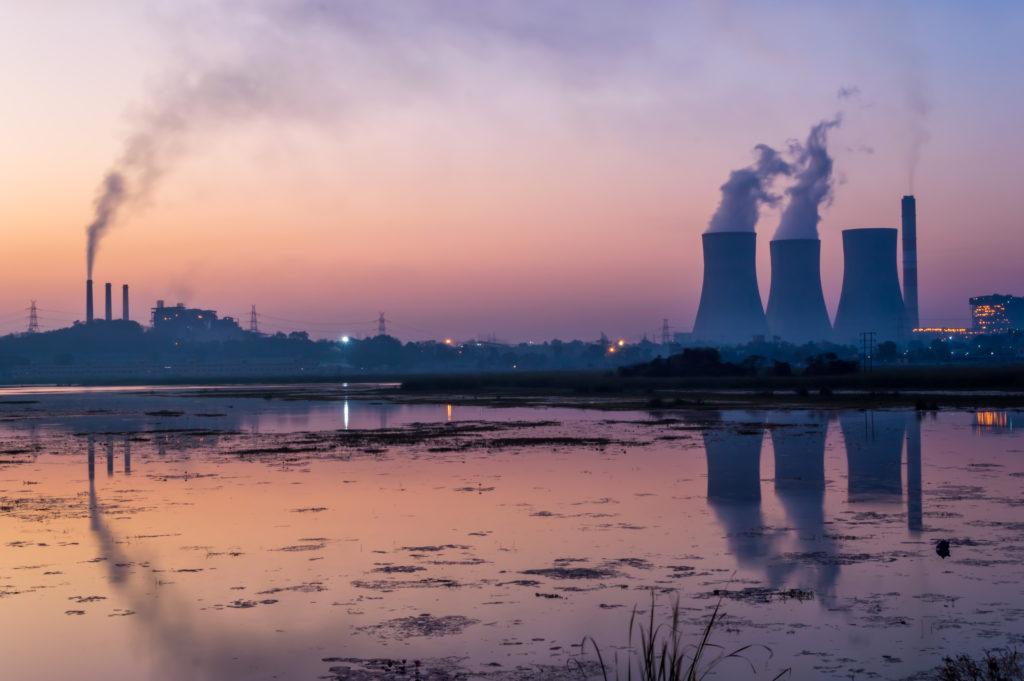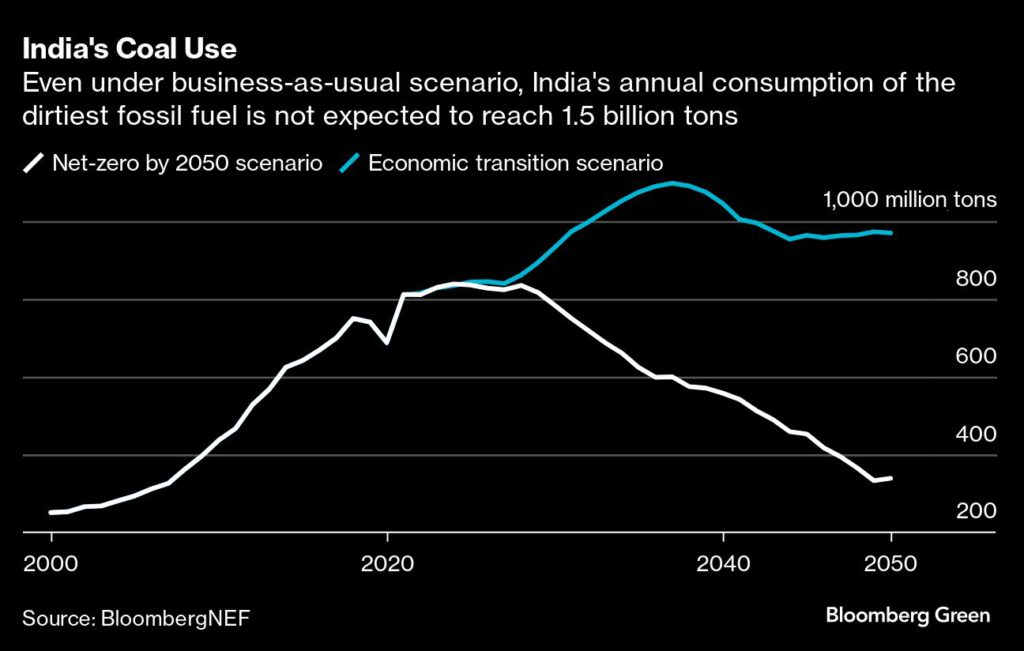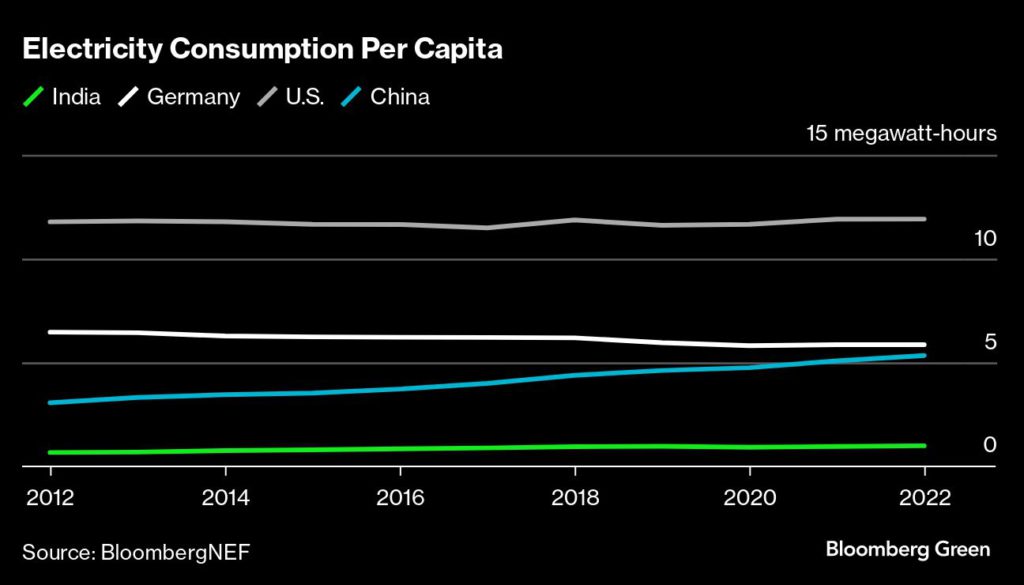Norway's national oil company Equinor has announced that it has sold its shares in two Azerbaijani oil fields and the Baku Tbilisi Ceyhan oil pipeline to Azerbaijan's state oil company SOCAR and will exit from Azerbaijan after 30 years in the country.
"Equinor is in the process of reshaping its international oil and gas business, and the divestments in Azerbaijan are in line with our strategy to focus our international portfolio," said Philippe Mathieu, Equinor's executive vice-president for international exploration and production in a statement released on December 22.
In its statement on the purchase of Equinor's assets SOCAR confirmed only that it had signed an agreement to buy Equinor's assets in Azerbaijan and that "the transaction will be completed following compliance with all regulatory requirements and contractual obligations."
The oil field assets consist of a 7.27 percent stake in Azerbaijan's giant Azeri-Chirag-Guneshli (ACG) oil field which produces the bulk of Azerbaijan's oil exports, and a 50 percent stake in the much smaller Karabakh oil field which has yet to start production. (Both oil fields are in the Caspian Sea.)
In addition, Equinor is selling its 8.71 percent stake in the Baku-Tbilisi-Ceyhan (BTC) oil pipeline which runs from the Caspian through Azerbaijan and Georgia to Turkey's Mediterranean oil hub at Ceyhan, through which most of Azerbaijan's oil exports are made.
The purchase by SOCAR takes the state-owned company's stake in ACG to 32.27 percent, in the BTC pipeline to 33.71 percent and gives it complete ownership of the Karabakh field.
Neither company stated the price being paid for Equinor's assets.
However, the timing of the sale suggests that Equinor is selling at a point when it believes it can get the best price from the sale.
Crude oil prices are still higher than they have been for most of the past decade thanks to the disruption to global oil markets caused first by Russia's full-scale invasion of Ukraine two years ago, and more recently by Israel's invasion of Gaza and the attacks on international shipping in the Red Sea.
Similarly, security concerns for the safety of shipping in the Black Sea in the wake of the Russia-Ukraine conflict have disrupted the flow of crude oil through the three pipelines which carry crude oil from the Caspian to the Black Sea.
BP last year halted exports of crude from Azerbaijan via its Baku-Supsa pipeline, exporting the oil via the BTC pipeline instead.
Similarly, Kazakhstan has reduced the volume of oil it sends by pipeline to Russia's Black Sea port of Novorossiysk, signing an agreement to send 1.5 million tons a year via the BTC pipeline instead, a volume which may well be increased if the war in Ukraine further threatens the safety of Black Sea shipping.
It also comes ahead of an anticipated boost in oil production from the ACG field thanks to the drilling of new wells, and with further new wells suggesting that the field could also produce natural gas.
The decision by SOCAR to purchase all of Equinor's assets suggests Baku is intent both on maximizing its returns from its main export revenue earner, and keeping close control on its main oil export route.
Azerbaijan's crude oil and natural gas exports are the country's main source of revenue, accounting for around 90 percent of export revenue and funding as much as 60 percent of the state's annual budget.
Hydrocarbons also supply 98 percent of the country's primary energy usage and generate around 90 percent of its electricity.
That dependence on fossil fuels is something Baku would like to change, with ambitious plans to develop its renewable energy resources both to meet growing domestic power demand and to export any excess power to Europe.
It's debatable whether Baku's commitment to renewables is primarily due to its Paris Agreement commitment to reduce greenhouse gas emissions by 35 percent from 1990 by 2030, or more to a desire to free up extra volumes of oil and gas for export.
Either way Azerbaijan will host the UN Climate Change Conference (COP29) in November this year and has been concluding agreements with a host of international players aiming at tapping their experience of wind, solar and hydropower development.
The latest of these being Equinor itself, which as a parting gesture to Baku has signed a Memorandum of Understanding agreeing to "share experience and best practice on low carbon solutions, reducing greenhouse gas emissions and carbon management."
SOCAR also interested in Lukoil refinery in Bulgaria
In addition to increasing its stake in Azerbaijan's ACG oil field, SOCAR is also showing interest in further expanding its operations "downstream."
According to Azerbaijan's ambassador in Bulgaria, SOCAR may be interested in purchasing the Neftohim Burgas oil refinery near the Bulgarian port of Burgas, owned by Russia's Lukoil since 1999.
Lukoil announced on December 5 that it was thinking of selling the 9.5 million tons/year refinery and its other assets in Bulgaria.
The announcement was in response to the cancelation of a European Union waiver that allowed it to continue to refine Russian crude oil despite the ban on imports of Russian crude into the EU, following Russia's invasion of Ukraine.
Lukoil's Bulgarian operations also include a chain of over 200 gas stations, nine fuel depots and businesses supplying marine and aviation fuels and lubricants.
SOCAR opened an office in the Bulgarian capital Sofia in April last year which currently only conducts natural gas trading.
If it was to purchase Lukoil's refinery, SOCAR would be able to supply it with crude oil from Azerbaijan which it exports to the Black Sea via the Baku-Novorossiysk pipeline.
By David O’Byrne via Eurasianet.org

